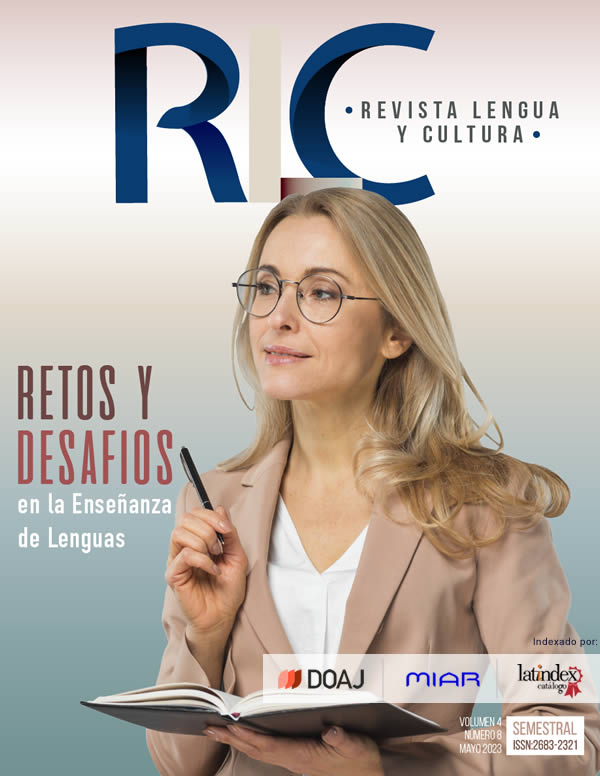Discursive analysis of the popular story Haciendo tejuino, traditional in the wixárika language and culture
Résumé
From a discursive analysis, this study is presented in which the features and characteristics of the discourse of popular Wixárika literature are investigated. Our objective is to describe the discursive elements that are part of the linguistic-literary characteristics of this culture located in the north of the State of Jalisco. We stop in a particular way to recognize the elements of the structure of the discursive genre from the perspective of the specialized discursive genre in the field of literature. In this analysis we are mainly concerned with rhetorical structure, positioning and ideology. In our approach to this genre, we take as a starting point the fact that there are elements that make up the discursive construction of the genre, going through the narrative action and the explicit manifestation of positioning and ideology that reproduce factors of knowledge and culture. . The acceptance of this new way of analyzing and understanding the discourses of this community can generate a change of perspective in language studies, in literature, in the social sciences and, in general, in the humanities.
##plugins.generic.usageStats.downloads##
Références
Bajtín, M. (1986). El problema de los géneros discursivos. En Estética de la creación verbal. Siglo XXI.
Bhatia, V. K. (1997). Genre-mixing in academic introductions. English for Specific Purposes. Vol. 16 (3): pp. 181-195.
Charaudeau, P. (1994). El contrato de comunicación de la información de los medios. Revista el francés en el mundo, número especial, julio.
Greimas, A.J. (2016). Elementos para una teoría de la interpretación del relato mítico. En Análisis estructural del relato. Coyoacán.
Halliday, M.A.K. (2017). El lenguaje como semiótica social. La interpretación social del lenguaje y del significado. Fondo de Cultura Económica.
Hasan (1984). The structure of text. Language, Context, and aspects of language in a Social Semiotic Perspective. Oxford University Press.
Davis, B. Y R. Harré (1990). Positioning: the discursive production of selves en: Journal for the Theory of Social Behavior. 20 (1), 43-63.
Martin, J. R., Y Rose, D. (2012). Learning to write, reading to learn. Equinox.
Parodi, G. (2008). Identificación de Géneros Académicos y Géneros Profesionales: Principios Teóricos y Propuesta Metodológica. Paidós.
Swales, J. (1990). Genre Analysis. Cambridge University Press.
Van Dijk, T. (1999). El análisis crítico del discurso. Anthropos. Número 186, septiembre-octubre 1999. Pp. 23-36.
Van Dijk, T. (2000). El discurso como estructura y proceso. Gedisa.
Copyright (c) 2023 Jesús Moreno-Mata

Ce travail est disponible sous licence Creative Commons Attribution - Pas d'Utilisation Commerciale - Pas de Modification 4.0 International.













